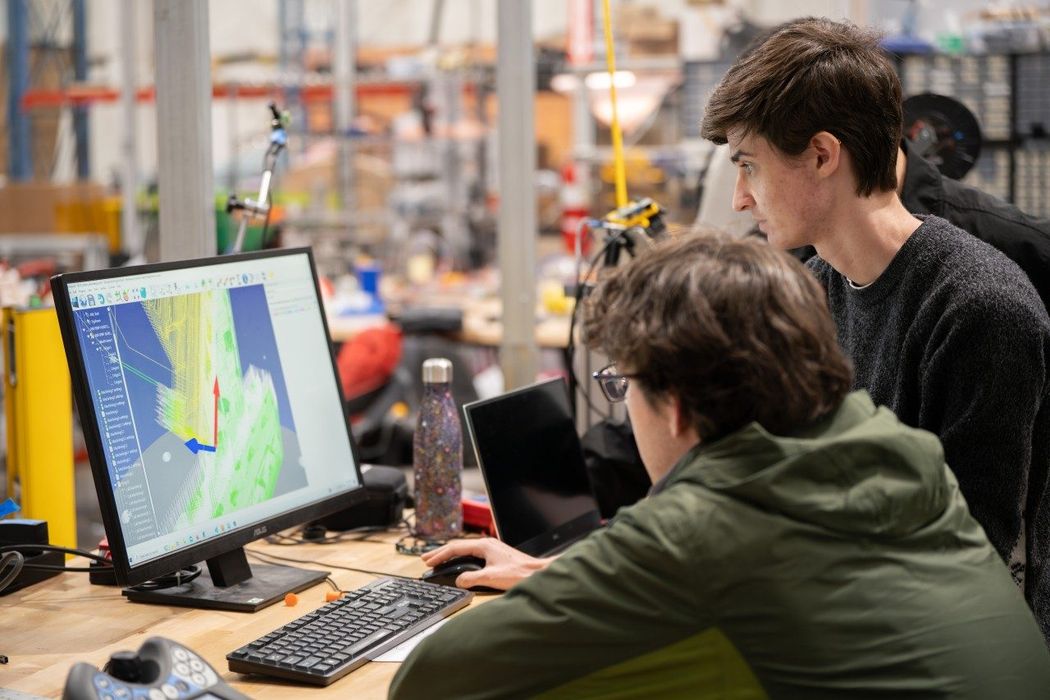
Researchers at Virginia Tech have taken on a big challenge: making wind turbines sustainable.
Hold on, aren’t wind turbines already “Green”? Don’t they produce sustainable and renewable energy?
They do. But the turbines themselves are not necessarily so eco-friendly. The enormous blades are produced at distant factories using non-recyclable materials, and then transported using CO2-emitting trucks to the installation site.
They are seeking ways to turn this all around so that the turbines themselves are made in a much more sustainable manner.
The project, sponsored by a grant from the US Department of Energy, requires the development of three important solutions:
- Being able to 3D print very large objects
- Designing parts that are very strong yet efficient
- Using a material that is completely recyclable and provides sufficient strength
Any of those three is a big deal, but here we have all combined together.
Associate Professor Michael Bortner explained:
“We have a novel material design that, when processed through 3D printing, not only produces the properties that are traditionally used to make up wind turbine blades, but are also wholly recyclable. So if the blades get damaged or reach their end of life, we can break them down, reprocess them, and 3D print them again into new blades.
Over the last few years, we’ve seen energy costs skyrocket. We need to start to identify more practical ways to harness renewable energy resources and ways to do so that are less expensive. By identifying technologies to reduce energy costs, that cost savings will eventually trickle down to the average consumer.”
The project will partner with the National Renewable Energy Laboratory and TPI Composites to develop materials. Virginia Tech’s wind tunnel facility will also aid in the development process.
This could turn out to be a very important project. As the world turns toward renewable energy, we are likely to see a vastly greater number of wind turbines on the land and sea. If these could be made — and maintained — in a more sustainable manner, then that helps contribute even more to solving the climate emergency.
There’s no solutions yet, however, as this is a project that’s just getting underway.
I’m very interested to see the new materials they develop, and whether they can be used in today’s 3D printers to also produce strong and recyclable parts.
Via Virginia Tech
